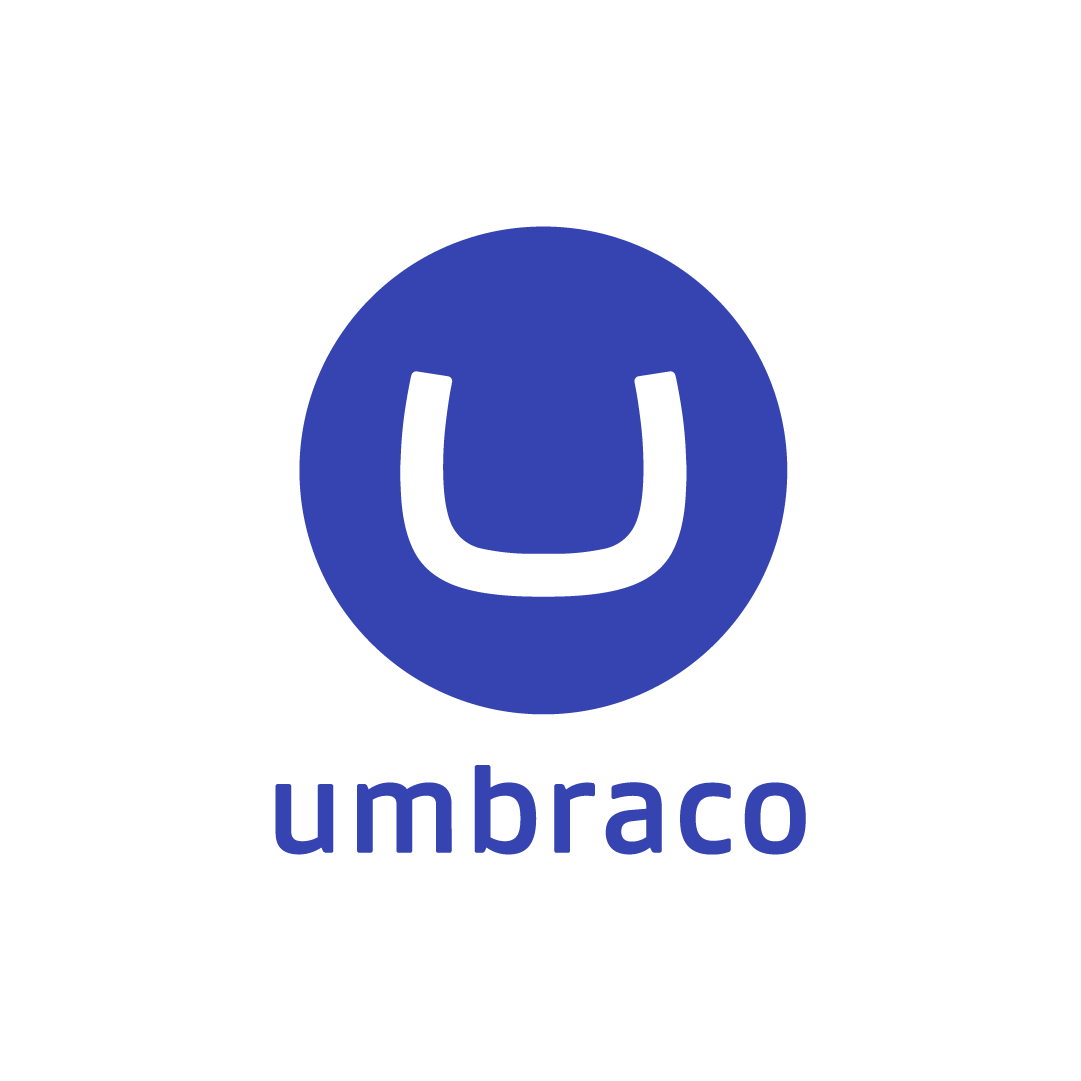The battle of the best CMS continues. Previously we compared Umbraco vs Wordpress; this time around it’s Umbraco vs Drupal in another epic battle to see who's on top.

Drupal is a big name in the CMS market. Known for being both robust and reliable, it's a very strong contender for those who are wanting a slightly more complex content system. It has a great user interface for no-code database queries, along with a dedicated following that keeps popular and necessary plugins updated and maintained.
The Drupal CMS itself has a full list of features already, such as a media control system ensuring images are not cropped out of the box. However, certain functionalities such as restricted content and URL generation require separate third-party plugins. Depending on your website goals, this heavy reliance on plugins can be seen as either positive or negative.
Building a basic site with tailored content fields is a breeze with Drupal. Its seamless integration of custom content fields eliminates the need for page refresh pagination and filtering. Moreover, the system offers a myriad of filter options, making it flexible for non-programmers that still care about expertly crafting bespoke users' experience.

Drupal works in a pretty similar way to WordPress in regards to the multiple different themes available. You can add your own styling to each specific page using theme overrides. The use of the Twig templating system might be a welcome change compared to the basic verbose PHP echo-based templating of the early 2000s.

Drupal is built on the same technologies that WordPress uses, utilising PHP's major benefit of being an interpreted language. This allows any number of plugins to register their own functions to be called at any point in the boot process. As a result, Drupal is very flexible, and only takes a couple of lines of code to implement a simple SEO plugin.
Despite its notable features, Drupal appears fairly clunky. While it undeniably offers a variety of technical functionalities and remains a robust system, questions arise about its reliance on plugins and how this might impact future scalability and security.

We’ve spoken about the positive features Umbraco provides before; we even have a blog post dedicated to 31 reasons why it's so great! However, you may have come across this blog post not already knowing the capabilities of the CMS.

Umbraco, built on .Net, makes the setup of an Umbraco page simple. Umbraco is ideal for content creators because you can easily add in custom document types, whether that be news articles, basic pages or landing pages. These are custom sets of fields that you can include within your pages. You can save time and effort by duplicating pages that use the same fields.
Also, something else to quickly add in here, Umbraco is built on Angular, a frontend JavaScript framework, meaning you can modify the field editors in pretty much any way you like.
The editing experience on Umbraco is smooth and highly responsive. It's easy to manage images and documents with the built-in media manager. Whilst the page editing capabilities aren't quite as flexible as other CMS's on the market, you can add in predefined templates. There are also very nifty preview features that allow you to view how a page will look across different devices before publishing live.

With Umbraco, you have complete control over how your website is going to look. Umbraco doesn't have themes like Drupal and WordPress. The fact that there are no templates or themes leaves the designing process to be entirely flexible and explore every possible design avenue without limits.
With the backoffice being run on compiled .NET there is no amount of 'bad code' in the template which can even kill the CMS editing page, also known as the 'backoffice'. This means it should always be recoverable which is much better for website stability.
Umbraco provides a comprehensive feature set that enables the straightforward implementation of complex forms and data validation processes. This aligns Umbraco with modern web development practices and promotes the separation of concerns.
Separation of concerns is a design principle that divides a software system into sections. Umbraco separates content management, user interface, and business logic which ensures that developers can make changes or add new functionalities to the website without worrying about inadvertently breaking its current features.
As Gold Partners, we enthusiastically promote Umbraco because we genuinely believe it's the best CMS around. Its user-friendly interface, flexibility for custom coding, ample support resources, and limitless potential for creating your ideal website are impressive pull factors.

So which CMS takes the winning spot in this comparison?
Just to build some tension…
-it's Umbraco!
Umbraco does everything most businesses need a CMS to do while also allowing wiggle room for growth in both the technical and design aspects.
Users will love the highly compatible and surprisingly still powerful open source CMS, smooth website editing, and couples alongside an extensive range of well-thought-out management tools making Umbraco a pleasure to use.